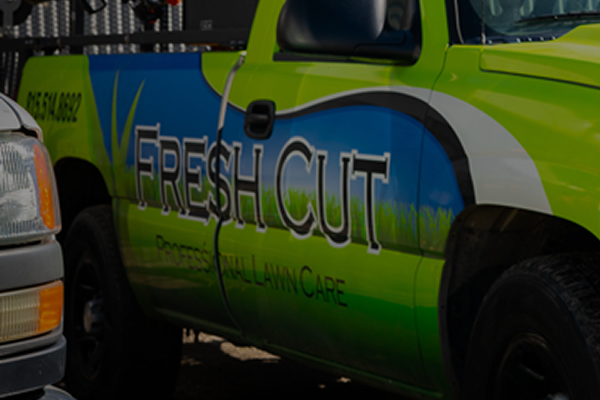July 10th, 2024
How to Identify and Manage Common Lawn Pests: Keep Your Lawn Healthy with Fresh Cut Pros
A beautiful, lush lawn is the pride of any homeowner. But lurking beneath the surface, various pests can threaten to undermine all your hard work. Understanding these common enemies and knowing when to call in professionals like Fresh Cut Pros can be the difference between a thriving lawn and a troubled turf. Here, we'll discuss some common lawn pests, signs of infestation, and how our comprehensive pest control program can help.
Common Lawn Pests and Their Signs
1. Grubs
Grubs are the larvae of beetles and are among the most damaging pests for residential lawns. They feed on grass roots, causing the turf to brown and die in large patches. Signs of grub problems include:
- Spongy turf that lifts up easily
- Irregular brown patches
- Increased bird activity (birds peck at the lawn to eat the grubs)
Image Source: New York State Integrated Pest Management, Cornell College of Agriculture and Life Sciences. Retrieved from https://cals.cornell.edu/new-york-state-integrated-pest-management/outreach-education/whats-bugging-you/grubs.
2. Chinch Bugs
These tiny pests suck the sap out of grass blades, causing widespread damage. Infested areas turn yellowish then brown and can be mistaken for drought stress. Key signs include:
- Thinning patches of grass, especially in sunny areas
- Grass that does not improve with watering
3. Sod Webworms
The larvae of lawn moths, these caterpillars chew on grass blades at night. You might notice:
- Brown spots in the lawn
- Small, silk-lined tunnels on the soil surface
- Moths flying out of the grass in the evenings
Effective Management Strategies
While there are DIY measures you can take, such as maintaining proper lawn hygiene and using over-the-counter insecticides, these methods often offer only temporary relief. Here’s how Fresh Cut Pros can bring professional solutions to these pest problems:
Integrated Pest Management
We use a comprehensive approach that includes:
- Regular Monitoring: Early detection is key to preventing severe damage.
- Insect Control Treatments: Included in our regular program, these treatments target pests without harming your lawn or the environment.
- Preventative Grub Control: For lawns previously afflicted by grubs, we recommend our preventative grub treatments to stop new outbreaks before they start.
Why Choose Fresh Cut Pros?
At Fresh Cut Pros, we understand that effective pest control is about more than just applying treatments. It’s about providing a tailored solution that ensures the health and beauty of your lawn throughout the year. Our trained technicians use the latest and safest methods to protect your lawn against pests, giving you peace of mind and a beautiful outdoor space.
Hire Us for Comprehensive Lawn Care
Don’t let pests destroy the lawn you’ve worked so hard to cultivate. Fresh Cut Pros offers expert insect control as part of our lawn care program, as well as specialized preventative grub treatments if your lawn has a history of grub issues. Trust us to keep your lawn pest-free and thriving.
Contact us today to learn more about our services or to schedule a consultation. Your lawn deserves the best defense against pests, and Fresh Cut Pros is here to deliver it.















